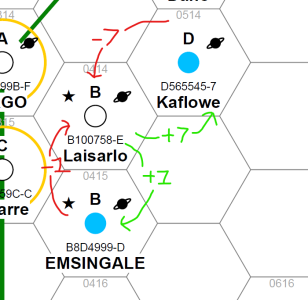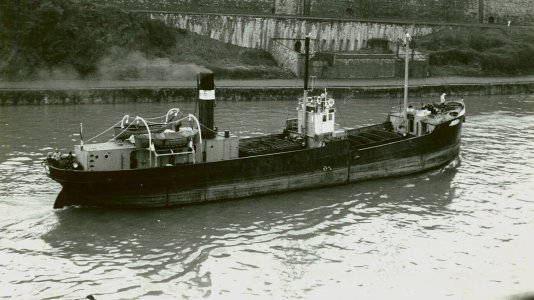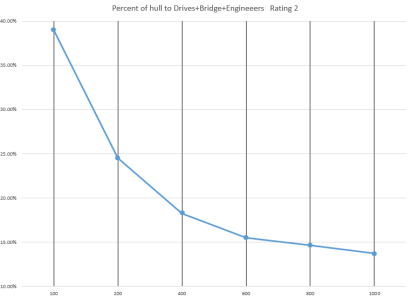This is where partnerships and local offices can make all the difference in the world(s).
The way the LBB2.81 ticket and speculative goods rules are set up is to handle tramp free traders showing up and working the spot market (what's available RIGHT NAO). It's very much a "catch as catch can" type of business model that's more of a "catch the wave" type of surfing the market(s), rather than a "prepare for the future" type of banking on resources and capabilities.
When you "invert" the relationship between starship operators and their markets, turning the starships into effectively "charter enterprises" for what amounts to trusted Third Parties & Partners, you unlock a cheat code that the megacorporations use to sustain their profits.
The REAL money isn't in the ticket sales, that just pays the bills/makes overhead. To REALLY get ahead, you need to be working in speculative goods arbitrage. The best way to do that is to "stay put" and just scour the market every week for the next speculative goods opportunity. So, as a business, you "set up shop and hang out your shingle" as a local operation that deals in speculative goods with some advance booking of passenger and freight tickets on the side ... and then just waiting for "a ship to come in" that's going where you need it to go.
So instead of working the spot market in brief windows of time, you're a local operation who is continuously "scooping up" demand for ticket services and speculative goods buyers and then consolidating all of those acquisitions and packaging them for starship operators on a charter basis.
Get enough "local offices" working the local market Full Time EVERY WEEK and all the starship has to do is "show up" and the local office will already have a shipping manifest lined up, ready to go. The third party and/or trusted partner local business "does all the legwork" to fill staterooms and cargo holds, while the starship operates on a charter basis (giving the third party the right to dictate where the starship goes). This reduces the starship to simply being a means of conveyance, in which charters for transits need to be enough to "pay all the bills" and keep the starship out of bankruptcy. The third party turns a profit on the arbitrage of tickets (100% purchase price vs 90% charter expense) and whatever speculative goods they're able to export to favorable destinations for sale (at presumably higher prices).
In a megacorporation, the starship and the "local offices" all belong to the same corporate holding company, although usually in different divisions or subsidiaries. However, the name of the game is vertical integration of import/export, so as to keep the profits rolling in to the megacorporation (at the expense of rivals).
Think about it this way.
If a starship operator is doing all the work of picking up tickets and scrounging for speculative goods, they can only do so at a rate of 1 week of business out of every 2 weeks ... and they're never working the same market consecutively (because they're always jumping to new destinations and new markets). In other words, starship operators have a "50% uptime" on being able to do business, because they spend a week in jump, incommunicado, when traveling.
Starship operators that have to negotiate everything themselves can only do business for 2 weeks out of every 4 (assuming single jumps to each destination).
Compare that to a local third party business.
The local third party doesn't have to jump ... so they can conduct business 4 weeks out of every 4.
Add in the fact that a company could have branch offices on multiple worlds all doing business concurrently and continuously, rather than sequentially and intermittently.
So if you have 2 local offices on 2 different worlds ... those 2 offices combined are able to conduct business for "8 weeks" worth out of every 4 ... compared to a starship that can only conduct business for 2 weeks out of every 4. Expand the number of local offices doing business to more worlds and the sheer quantity of transport demand that the local offices can aggregate while waiting for "partner" starship operators to arrive can wind up being pretty substantial.
This means that the way to "hack" the trading game is by making agreements with local businesses on each world that can funnel passenger and freight tickets to the starship operator on a "regular enough" basis to keep the charter carousel spinning, while everyone makes bank (although, most of the profits from such arrangements will accrue to the third party local offices, rather than the starship operators).
When you've got enough capital to own the starship AND the local offices doing business continuously, that's when you can start to corner the market and REALLY hop onto the gravy train! Note that doing this is EXACTLY what the megacorporations do ... except they do it on the MEGA scale, rather than as a "mom & pop" operation run by a penny ante collection of low end merchants.







